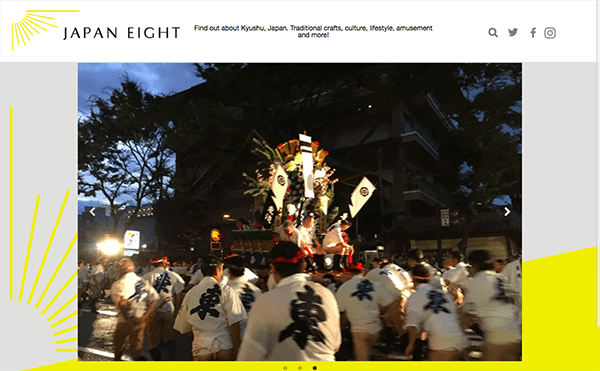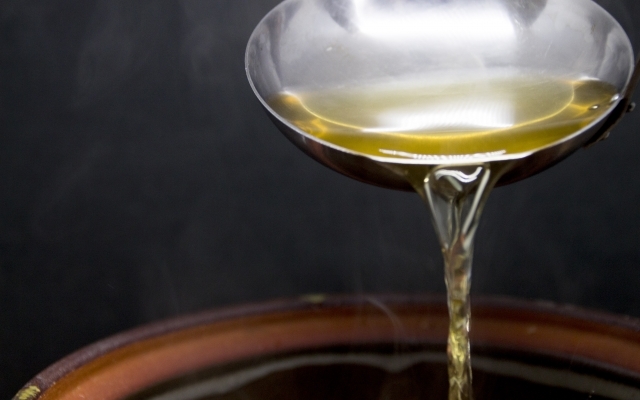Why did you come to Japan ?
I’ve always blamed Pam Horino and her sisters, Nikki Saito and JoAnne Otsuki. I admit that the very thing many Japanese men, and probably many Japanese women, cringe at is it; I wanted a mythical Japanese girlfriend. Since my name is Jones, our schools always sat us in alphabetical order, and there weren’t many names that start with I, I spent a lot of my school years sitting behind, or next to, Pam Horino. While I am certainly struck by Asian women’s faces, I’m struck by beautiful faces from everywhere. It wasn’t just beauty that attracted me, though it sure did, and certainly not the stereotype of submissiveness, but rather a calm competence and confidence. Each of the women who fascinated me was particularly good at something, and they all seemed more intelligent than me. I mean both mental and emotional intelligence by that. In the case of Ms. Horino, it may well have been that she also never seemed to have any particular interest in me.
So, OK, the girlfriend thing was a big part of it, but it was also through these people that I was exposed to Japanese culture, and Japanese aesthetics. I’ve come to discover that aesthetics are the most attractive thing to me in Japan, though that may have something to do with being quite a bit less than successful finding the mythical girlfriend. Either I’m just not the marryin’ kind or I’m as popular with Japanese women here as I was at home. My hometown is a suburb of Denver in the U.S., which has a fairly large Japanese population. This is not due to any happy, or fortunate incident.
Japanese people in Colorado
You may know that during the Pacific war in the early 1940’s Japanese people on the west coast of the U.S. were arrested, only allowed to carry one bag, and were put into concentration camps. One of the camps was Camp Amache, near Lamar, Colorado. No one talked about the Japanese concentration camps when I was a child, and I didn’t know about them until I was an adult, but I suspect some of my friends in school were the children of prisoners there.
Japanese people came to Colorado in the late 1800’s and about 5,000 came in the first decade of the 1900’s. They worked mainly in the coal mines, on the railroads and in agriculture. Denver is the largest city in Colorado so many Japanese moved there and an area in what is now called Lodo became “Little Japan,” with about 500 people and the inevitable shops they would use. The Tri-State Buddhist Temple was built in Denver in 1916. Some 10,000 people were prisoners, or passed through, Camp Amache during the war, and when the war ended many people moved to Denver. So I can’t be sure if the Japanese people I knew were from the concentration camp or descendants of earlier immigrants.
I do know that I saw kimonos and bonsai and ukioe (woodblock prints) at their homes and the lovely JoAnne Otsuki introduced me to Sakura Square when we were in high school. Sakura Square was built by the Japanese community in Denver around the Tri-State Buddhist Temple and now has an apartment building, clinic, bookstore and grocery store, not to mention cherry trees; the sakura of Sakura Square. During the war there was a school for the U.S. military to learn Japanese in Boulder, Colorado and two prominent Japanese scholars, Donald Keene and Edward Seidensticker studied there (I have to admit it makes me uncomfortable that the most prominent Japanese scholars I know are white men.) There have been a number of famous Japanese writers from Colorado and I remember reading Bill Hosokawa when I was young.
It may be that I absorbed some Japanese culture, without knowing it, as a child. The thing that really made we want to see Japan, next to the mythical girlfriend, was meeting JoAnne’s uncle. A reason I suspect JoAnne’s parents were prisoners at Amache is that they still had siblings in Japan. One summer her uncle visited from Hiroshima and I had the chance to talk to him and watch him paint watercolors. Aside from being the kind of patient, smiling kind of person so many of us associate with Buddhism, he was also interested in music. It was his explanation of how painting watercolors the Japanese way is like improvisation in jazz that really got to me. You just do it once and you can’t change it later.
Thanks to Pam and Nikki and JoAnne and a bunch of other people, I may have been fated to end up here in Japan. Now I’m sure glad I did. Writing this has made me start reflecting on why I’ve stayed here. Stay tuned Dear Reader, I may eventually write about it.




Comments